A year or so ago I read an incredibly enlightening book, “Overdressed: The Shockingly High Cost of Cheap Fashion,” by Elizabeth Cline. I was both mesmerized and appalled as I read page after page of well-researched information about what has happened to the world of fashion and the far reaching impact of our changing approach to buying clothes.
A lot has happened in a relatively short period of time. We own massively more clothes now than we did a century ago and yet we spend significantly less of our income on our wardrobe needs. According to an article inThe Atlantic, “How America Spends Money,” we spent 14% of our income on clothing in 1900 but only 3% of our income went to clothing purchases in 2003 (and I suspect that number is even lower 12 years later!) and yet we each own many, many more clothes now than we did then. While, at first glance, getting more for less might seem like a good thing (everyone loves a bargain), the ramifications of this are significant and, with each passing year, are becoming more devastating to the world and the environment.
None of these implications are evident when you walk through a clothing store looking to find some fabulous piece to add to your wardrobe. This wouldn’t be good for business. In fact, you have to dig to find out what our penchant for cheap fashion (or even fashion, in general) is doing on a global scale. Since the information is not readily available or openly reported as often as it could be, it is very easy to slip into a sense of comfort and habit of continuous buying. I don’t say this in an accusatory way. We do need to get dressed each day and we want to feel good in what we are wearing—I know…I teach this. Becoming keenly aware, however, of how our spending habits are impacting more than just our own closets, bank accounts and self-esteem is important as our world and shopping habits change.
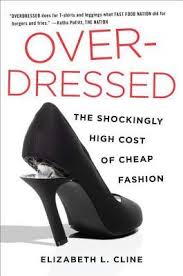
When you read “Overdressed,” you see everything in a new light. At least that’s what happened for me. I had already begun researching this topic because, as a vegan, I felt a need to know about fabrics both animal-derived and not. Do synthetic fabrics deserve their much-maligned reputation? Are ‘natural’ fabrics really better? What I discovered was eye-opening and, often times, unexpected.
While this is by no means a complete report (I recommend reading ‘Overdressed’ for more in-depth information), because I work with fashion every day I feel a responsibility to share this information and offer very important food for thought.
Let’s explore an overview of how you can reduce your footprint and still feel great getting dressed. Because this is such a big topic, to do it even minimal justice, I am dividing it into 3 parts:
Part 1: 6 Steps to Green Shopping Habits and Fabrics Choices
Part 2: Keeping it Clean and Green
Part 3: The Eco-Friendly (or Not!) Afterlife of Your Clothes
Part 1:
6 Steps to Green Shopping Habits and Fabric Choices
Let’s begin by exploring your current wardrobe and shopping habits. Here are a few very important steps to consider:
1. Only Buy What You Need
This seems obvious, but I have been in enough closets (my own included) to know that it is easy to end up with way more clothing than you could ever wear. The truth is that no one I know sets out to have too many clothes, but it happens. This is not generally by design, but more often because of an assortment of things including a desperate search to find items you feel good wearing. For more on this topic, please read my blog article, “10 Reasons You Have Too Many Clothes”
When you love and wear everything in your closet you are less likely to feel a great need to continue buying.
2. Empty Space Is a Good Thing
Ever since I moved to Boston over 30 years ago I have lived in very old homes. One of the quaint (although sometimes somewhat annoying) features of an old home is the number and size of the closets. Remember, in 1900 people owned many fewer clothes so big closets were not necessary. A few yeas ago, in a condo in an old turn of the century home I owned in Somerville, two of us lived in 6 rooms and we had 3 closets in total (for clothes, coats and linens) and they were all exceedingly small. It isn’t any different where I live now now. To be honest, I am glad. If I had a larger closet or more of them I might be tempted to fill them all!
Whatever the size of your closet, regularly assessing what is in there combined with only buying what you need will allow you to create wardrobe that’s the perfect size for you. (I know that this can be easier said than done in many ways. My other articles, blog posts, book ‘That’s So You!’ and services are designed to help you if that feels like an overwhelming task. Just don’t give up!)
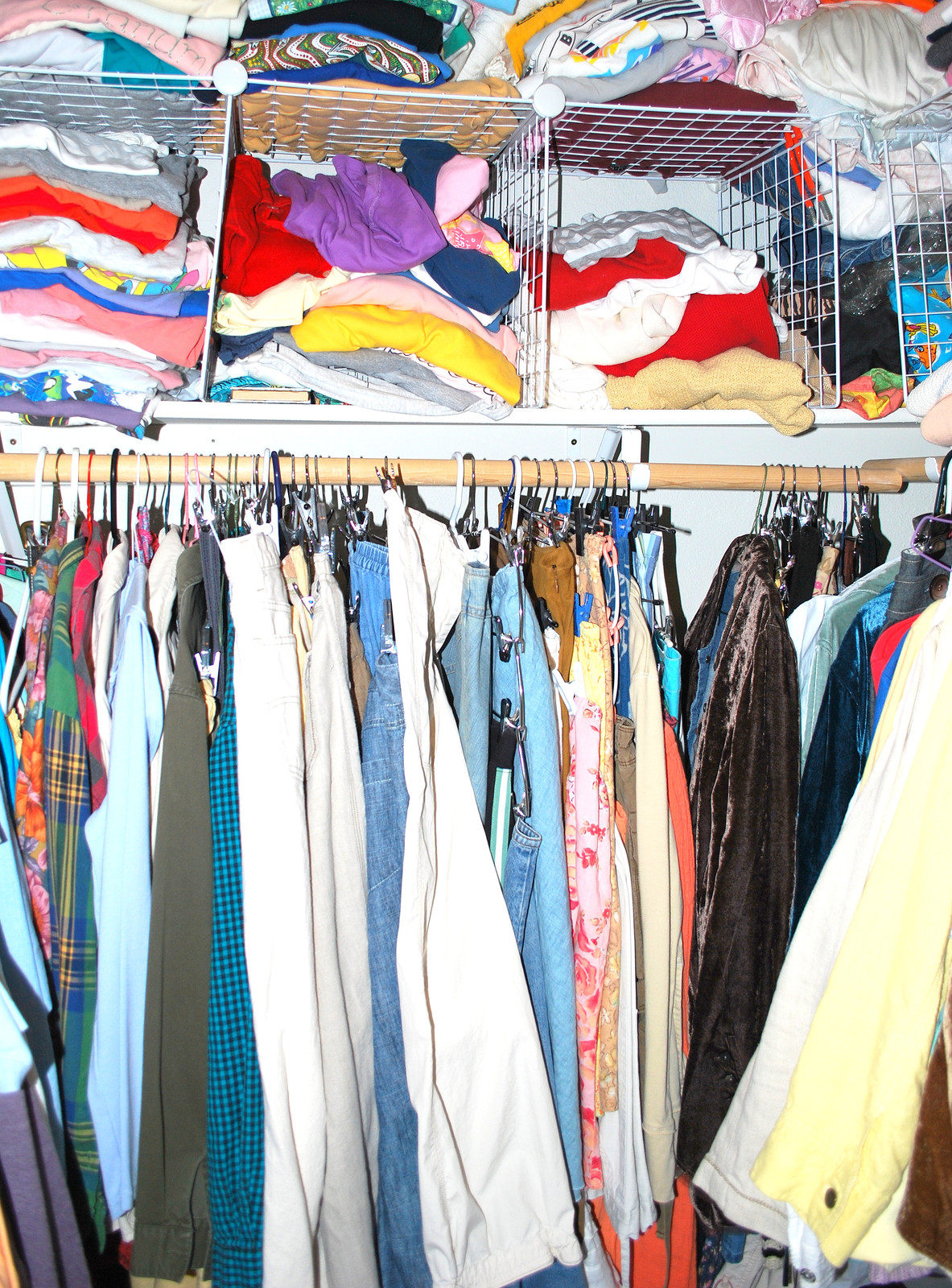
Just because you have plenty of space in your closet, doesn’t mean you have to fill it.
3. Resist Temptation
Given what I do for work it is no surprise that I like to stay current on what is available in the world of fashion, but I can’t tell you how many times a day I receive emails enticing me to look at what they have at rock bottom prices or special offerings you won’t see anywhere else. With a click of a button I can have anything I want.
I have learned that if I don’t delete the emails immediately, I occasionally get sucked into opening one of them and looking for things to buy. If I make it as far as the website, I have learned that before I click the ‘confirm order’ button I must ask myself, “Do I really need this?” 99% of the time, the answer is no and I back away from the keyboard!

It is so easy to end up with an out-of-control, so-so wardrobe simply by pressing the ‘confirm order’ button. The next time this happens to you, ask yourself ‘Do I really need this?’ AND ‘Do I love it?’ and if not, delete it from your shopping cart!
4. Fabrics Matter
Obviously, how much you buy is important, but what you choose to buy also makes a difference and your choice of fabrics is important. Let me start out by saying that this part of the conversation is not as clear cut as you would think. It might surprise you to know that all natural fabrics are not necessarily better than all synthetics!
For instance, you would think that cotton would be at the top of the ‘green’ list, but actually 20% of all pesticides/insecticides used to grow crops are used to grow conventional cotton. Not only does this impact you as the wearer and the environment, but it poses a very real health threat to the farm workers who handle and breathe the pesticides. Because you don’t see the pesticide residue on your clothes, it is easy to forget that this is a matter of importance.
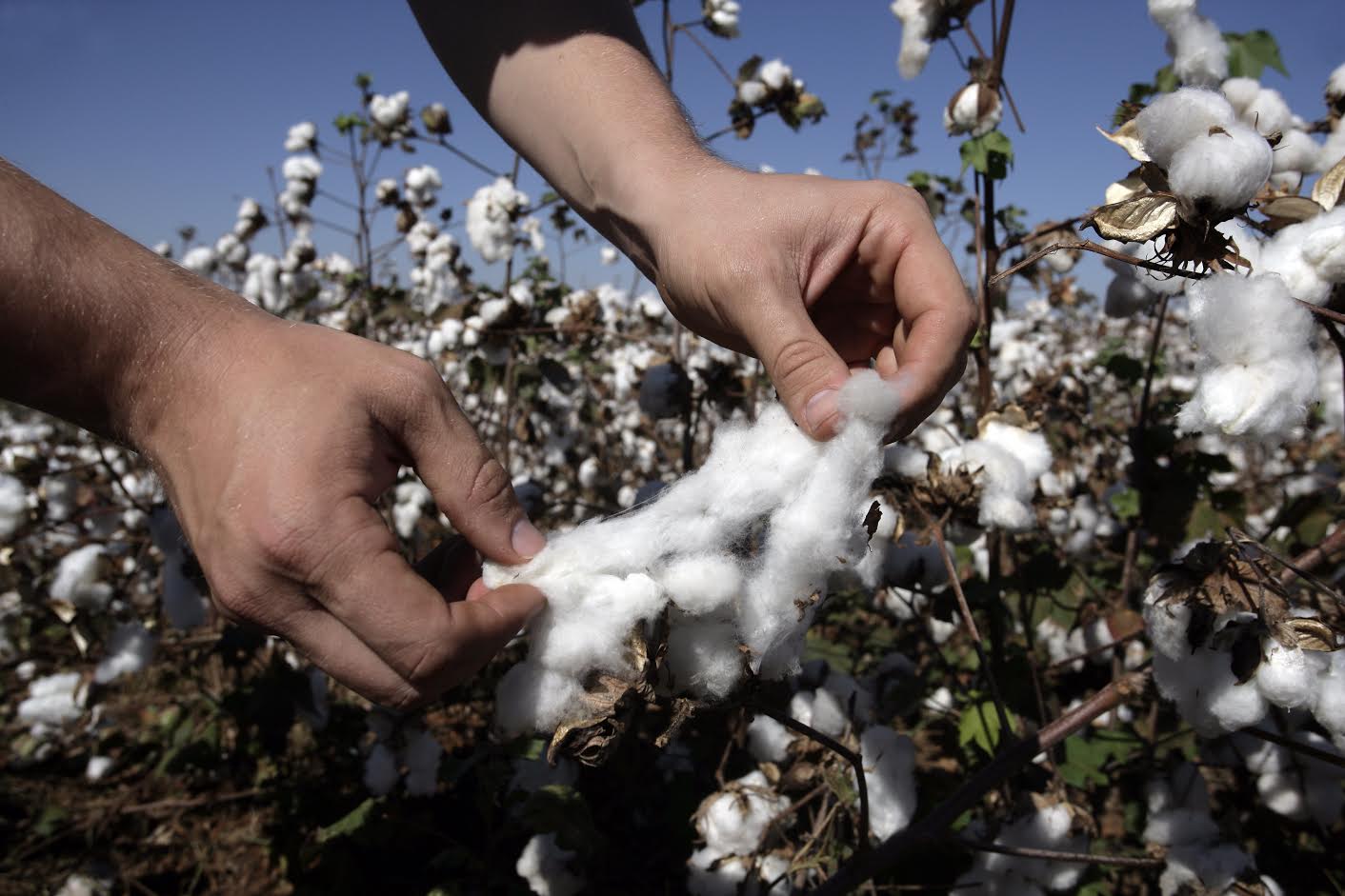
Organic cotton is terrific, but, while it is gaining popularity, it is still harder to find. Eileen Fisher is one designer that uses a lot of organic cotton. I have three sweaters of hers made out of organic cotton in gorgeous colors that I found at Nordstrom Rack!
Pesticide usage is only part of the cotton story. When you factor in what happens to turn cotton into clothes, you have to take into consideration dyes, chemicals (how do you think they make wrinkle-free fabrics?) and the amount of water it takes not only to grow cotton but to manufacture a t-shirt. No matter how you look at it, the environmental impact is sizeable for something that is considered natural.
The world is changing, however, and while cotton is still the most widely used natural fiber, its consumption has dropped from 81% at the beginning of the 20th century to less than half since the beginning of the 21st century. Polyester now accounts for 58% of fibers used to make clothing.
Another natural fiber, wool, is by no means benign when it comes to its environmental impact. Like cows, sheep emit methane, which contributes significantly to global warming. When overgrazed they cause soil erosion not to mention that sheep are often dipped in insecticides to control parasites and it takes huge amounts of water to clean the wool of impurities. All of this is in addition to the great degree of animal suffering inherent in every wool sweater (read more about that here: https://totalimageconsultants.com/blog/2014/11/07/create-cozy-winter-wardrobe-without-wool/). Add to that the itch factor and it’s a fabric I won’t wear.
5. The Reign of Disposable Fashion
The ‘Fast Fashion’ trend is responsible for a large amount of waste in the fashion world, most of which is made from polyester. In an article in the Huffington Post, “5 Truths the Fast Fashion Industry Doesn’t Want You to Know,” you can see how drastically the fashion industry has changed. Hundreds of millions of clothes are made to last mere weeks or months before the trends fade and you feel compelled to buy the next passing trend. I know not all of you reading this conform to this way of shopping, but a vast number of people do. Add to that the fact that the clothing is poorly made so it falls apart quickly and fair trade practices are sometimes non-existent and cheap fashion doesn’t seem so cheap afterall. Much of it ends up in a landfill or charity after one wearing (more on that in Part 3).
Given that much of the ‘disposable’ fashion is made out of polyester, that’s a problem. It is no secret that polyester is made from petrochemicals and uses a vast amount of water and energy in production, and it takes decades to biodegrade (if it ever does). Fast fashion aside, a lot of things are made out of polyester and at all price points. I have an Armani jacket that is made out of synthetic fibers and is beautifully constructed. I have had it for years and have no plans to discard it anytime soon. When made well, they tend to last a long time so you do not have to replace them as often. While that won’t offset its origins by any means, it is one plus.
6. The Next Phase of Fabrics
The good news is that since such incredible amounts of polyester are produced every single day, more and more companies have begun to look at its recycling capabilities. This is where polyester shines. It can be recycled without sacrificing durability (this is not always true for natural fibers).
Check out ‘Ecocircle,’ (a closed loop recycling system for polyester) “Compared to developing polyester materials from petroleum, this repeatable recycling system reduces energy consumption and carbon dioxide emissions by approximately 80% each. For example, recycling 3000 shirts with EcoCircle cuts back on CO2 emissions by 77% and energy consumption by 84% compared to the production of new polyester raw material from petroleum.” With companies like www.patagonia.com that has a big commitment to recycling polyester and www.vautecouture.com that creates beautiful, warm winter coats out of 100% recycled materials, this is just the beginning for recycled plastics and polyester.
Even H&M, one of the giants of fast fashion, has stepped up its environmental awareness with its ‘Conscious Collection.’ It launched last year and each piece in the collection is made from sustainable materials, including organic cotton, recycled polyamide and Tencel. There’s hope!
Plant-Based Fabrics: What we are seeing, as well, which is good news, is growth in new plant-based fabrics like hemp, bamboo, and the old standby, linen. They require little or no pesticide use, grow quickly and are good for the environment. Of course, as with most fabrics, you still have the production issues with possible toxic chemicals and dyes, but each step is a step in the right direction. If we support these materials, more will be made from them. And, when you add to those the semi-synthetic fibers (produced from renewable plants) such as Tencel (eucalyptus trees) and Modal (beech trees), our options expand rapidly.
Check out this pretty, soft bamboo nightgown:
And, this super soft modal nightgown:
Take Tencel, for example. It uses a revolutionary manufacturing process that results in the “recovery and reuse of up to 99.8% of the solvent and the remaining emissions are broken down in biological water treatment plants. In fact, the solvent is not acidic. The harmlessness of the solvent has been proven in dermatological and toxicological tests.” You can read more at ‘Yes It’s Organic.’
This is an extremely large topic and one that is not possible to cover completely here. My objective is to inspire you not only to think about the fabrics you purchase but also to do your own research to determine what fabrics you would like include in your wardrobe. As with anything else, it is all about supply and demand. If you buy more modal, bamboo or organic cotton, for instance, manufacturers will see the rising demand and respond. You purchasing power is just that…powerful!


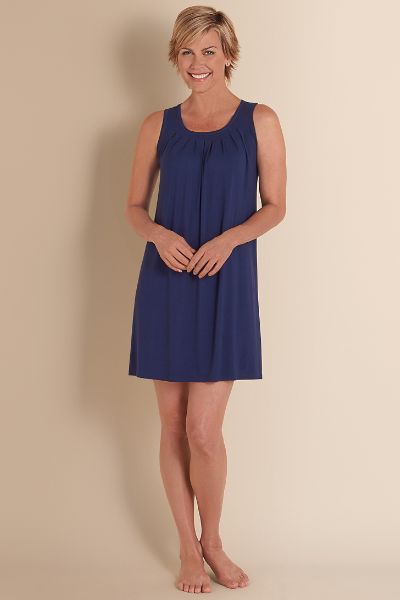
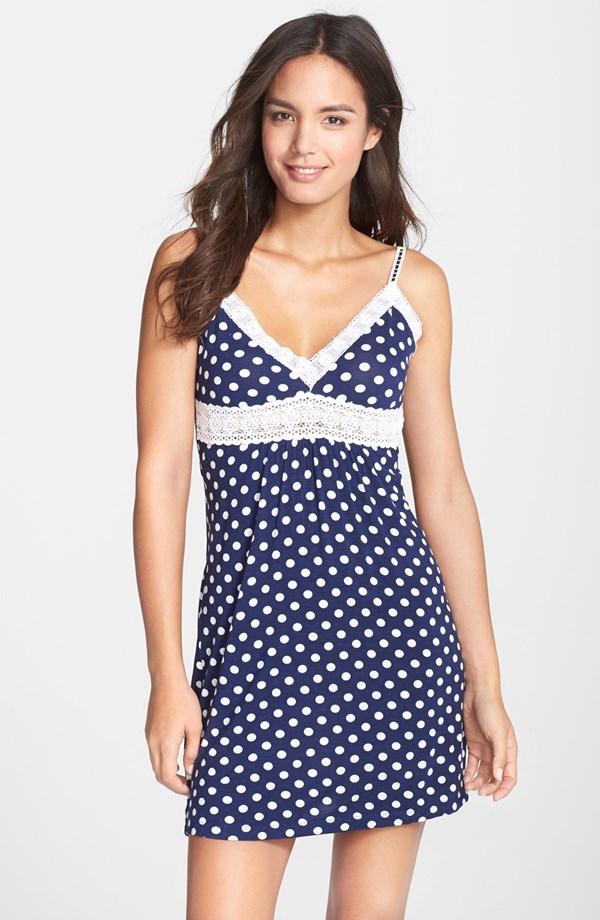

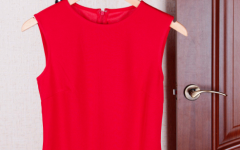


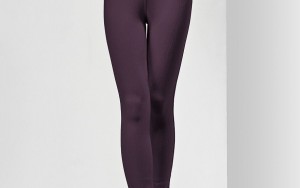

4 Responses
Loved this blog post! I’m a custom color and style consultant in SF who loves the earth as much as I love clothes, so I set up a Slow Fashion Movers and Shakers group in Facebook. Gina or other readers who are interested, please come join us! us! https://www.facebook.com/groups/366769470118779/ A member there shared this blog post.
Thanks, Kathy. This is great news! I just joined 🙂
Of course, you are such a wonderful advocate for thrift, consignment and resale shops, Ginger, which are such a great way to buy relatively guilt free. I’m so impressed with the quality and quantity of second hand choices on my visit to Naples, FL – at least three excellent private locals, plus Plato’s Closet (a good source for small size as long asI keep it age appropriate 🙂
Ooooh, those are some of my favorite shopping experiences. Most of my handbags come from consignment. Thank you for sharing your faves 🙂